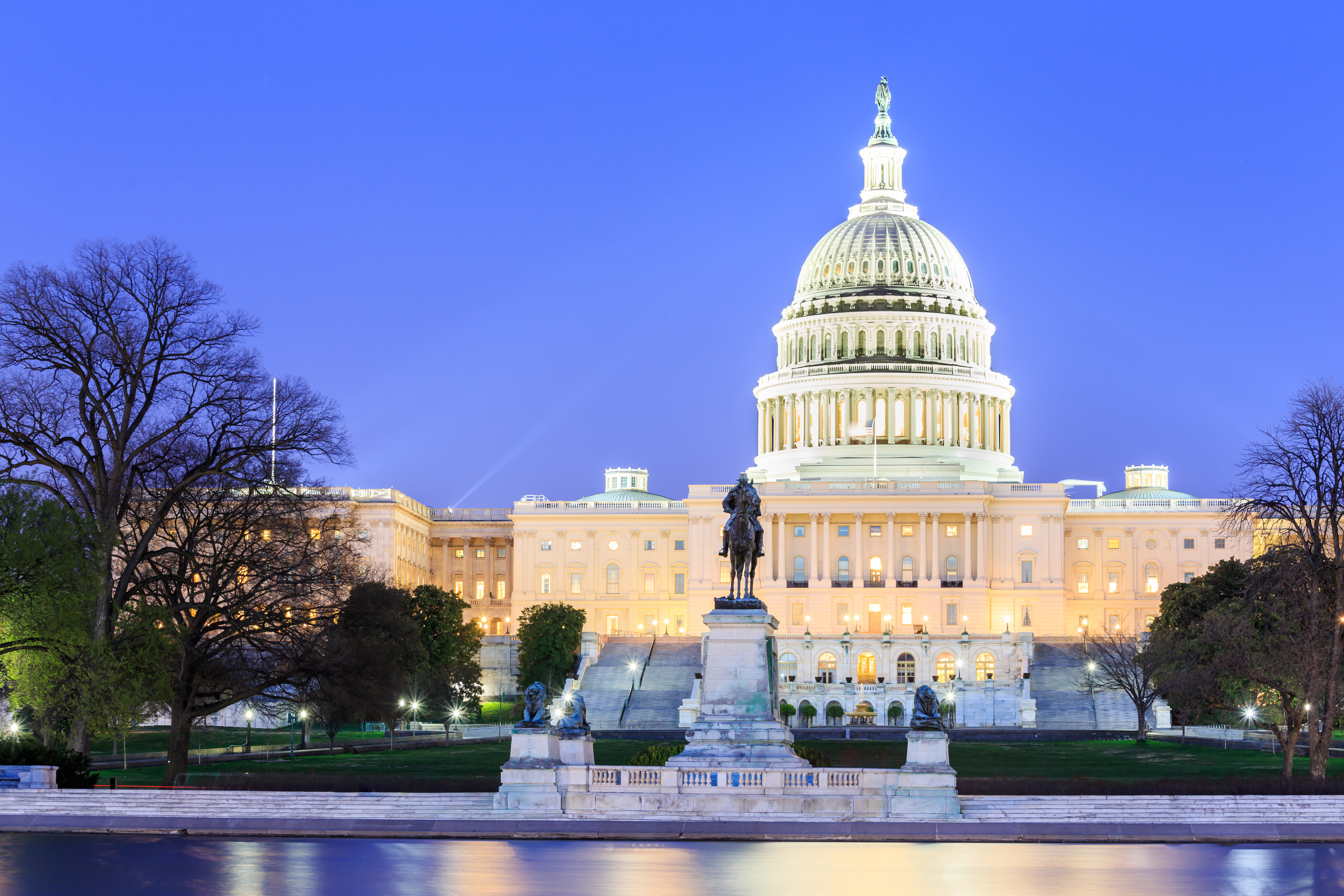Quick Tips to Administering NY Paid Family Leave
 We have some time between now and the effective date of NY Paid Family Leave Act (PFLA) in January of 2018. Indeed a lot can happen in 18 months that may impact our plans for administering NY Paid Family Leave, but probably not enough to justify postponing our preparation strategy for administering this new benefit.
We have some time between now and the effective date of NY Paid Family Leave Act (PFLA) in January of 2018. Indeed a lot can happen in 18 months that may impact our plans for administering NY Paid Family Leave, but probably not enough to justify postponing our preparation strategy for administering this new benefit.
In this blog I’ll be covering some key considerations when building your process for administering Paid Family Leave. Of note, PFLA shares some similarities with FMLA, but is by no means a carbon copy.
The lowest leave increment for NY Paid Family Leave will be one day
One of the most difficult aspects of FMLA administration is managing intermittent leave—tracking employee leave balances over an often inconsistent and unpredictable leave schedule. For FMLA, employees can use their FMLA leave on an hourly basis, meaning that FMLA administrators are relying on either the employee or their supervisors to inform when to charge an employee’s leave balance.
With NY Paid Family Leave, the smallest leave increment that an employee can take is a full workday.
One’s own serious health condition will not qualify for Paid Family Leave
One of the major differences between Paid Family Leave and FMLA is that an employee cannot use paid leave for his or her own serious health condition. Qualifying leave circumstances are confined to “Family Care”, which could be caring for a family member with a serious health condition, accommodating exigencies due to a spouse, domestic parent, child, or parent of the employee is summoned to active duty, or bonding with a child through birth, adoption, or foster care.
Employees on leave for their own serious health condition will be subject to disability payments, making paid family leave a redundant benefit.
Full PFLA benefits will phase in over three years
The current rollout plan for Paid Family Leave is to gradually introduce the new benefit over a three-year period. See the following grid.

Paid Family Leave administrative tracking processes will need to have the flexibility to expand benefits over the course of the regulatory rollout-period. Cases that carry over from one calendar year to the next will need to adjust for the benefit changes, and leave management systems need to have the ability to mass update benefit rules during transition times.
As of today, there is still plenty of time for the NYSWCL to make adjustments or refinements to the PFLA, but it’s unlikely for there to be any changes that will impact the overall administration of the benefit, ie. tracking global entitlements by employee, tracking leave balances, qualifying and approving/denying leave requests, etc..
{{cta(’36db6474-871d-48de-952f-562907a79ab7′)}}



